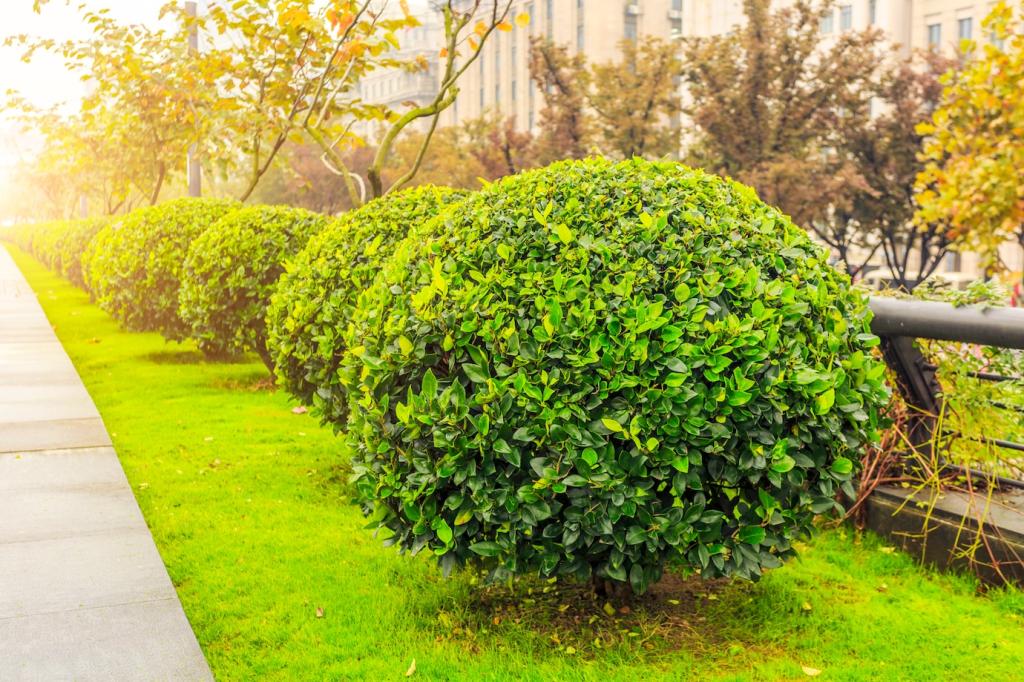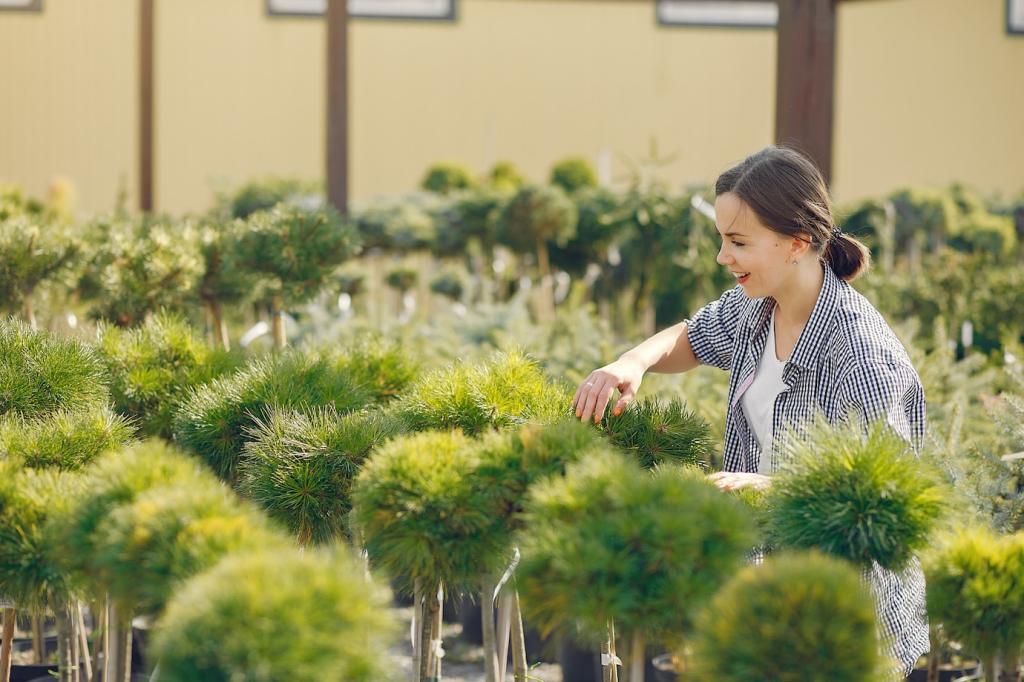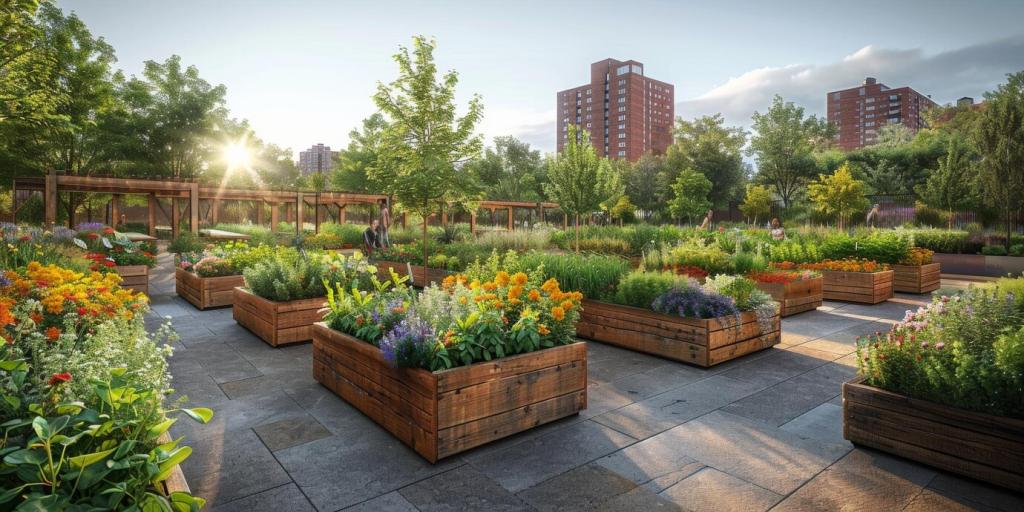
City Life, Wild Heart: Creating Biodiverse Habitats in Urban Areas
Chosen theme: Creating Biodiverse Habitats in Urban Areas. Welcome to a space where balconies become meadows, rooftops grow into refuges, and sidewalks hum with pollinators. Together we’ll turn concrete into a living canvas. Join our community, share your sightings, and subscribe for monthly tips that help city nature flourish.

Why Urban Biodiversity Matters
Native plantings intercept stormwater, soften heat, and host beneficial insects that reduce pests without chemicals. Even a modest planter can support pollinators, while trees and shrubs create shade pockets that lower surrounding temperatures. Start small, observe closely, and notice how each living layer amplifies the health of your block.
Designing Pocket Habitats on Balconies and Rooftops
Combine ground-hugging herbs, upright grasses, and a compact shrub or two to mimic natural structure. Add a vertical trellis for vines that feed pollinators and soften wind. Use varied pot sizes, textures, and heights to create sun, shade, and shelter niches. Post a photo of your layout to inspire others nearby.
Native Plants: The Backbone of City Ecosystems
Start with regionally native perennials that tolerate city conditions, such as heat, reflected light, and compacted soils. Match plant needs to your containers and exposure. Consult local native plant societies and city extension guides. Tell us your region in the comments, and we’ll highlight three high-impact species to begin with.

Native Plants: The Backbone of City Ecosystems
Plan for early, mid, and late-season flowers so pollinators always find fuel. Pair spring ephemerals with summer stalwarts and autumn asters or goldenrods. Add seed heads for winter birds. Share your current bloom calendar, and subscribe to receive our seasonal checklists tailored to urban balconies and rooftops.
Water features that fit apartments
A shallow dish refreshed daily can be a lifeline for bees and birds. Add pebbles for landing pads and place it in dappled shade. In hotter periods, offer multiple small stations. Tell us how you keep water clean on busy weeks, and we’ll share quick, low-effort maintenance tricks from readers.
Soil life in containers
Healthy soil teems with microbes that nourish plants and support insect communities. Mix compost with mineral grit for drainage, top with leaf mulch, and avoid synthetic fertilizers. Reuse potting soil by amending it seasonally. Comment with your container recipe, and subscribe for our soil health mini-course designed for city growers.
Cozy shelters: from bug hotels to nest boxes
Hollow stems, bundled canes, and small log rounds offer nesting sites for solitary bees. Bird boxes with proper dimensions attract urban-friendly species. Leave a quiet, undisturbed corner for overwintering butterflies. Share your shelter designs, and we’ll feature a community gallery showcasing inventive, space-savvy wildlife architecture.



Community-Led Greening and Citizen Science
Map balconies, rooftops, and tree pits on your block. Assign bloom windows, choose complementary species, and plan refilling days after heatwaves. A WhatsApp group can coordinate watering rotations. Invite your building to a planter-assembly afternoon, and tell us how many new habitat nodes you created together this month.
Community-Led Greening and Citizen Science
Use phone photos, timed counts, or community science apps to log bees, butterflies, and birds. Consistent notes reveal patterns and guide improvements. Share your top three sightings in the comments. Subscribe to receive printable tally sheets and seasonal challenges that make biodiversity monitoring fun for families and friends.
Set a simple baseline
Before planting, list species you see in a week, note sun hours, and measure container moisture after hot days. Repeat monthly to track change. Baselines turn small wins into visible progress. Share your starting numbers, and we’ll suggest achievable targets for your space and local climate.
Iterate with seasonal notes
If summer blooms wilt, swap to deeper pots or adjust wind screens. If bees arrive late, extend flowering into fall. Keep a quick journal with planting dates, visitors, and weather. Post one lesson you learned this season, and subscribe for our quarterly tweak guides based on reader data.
Share, celebrate, and recruit
Host a rooftop walk, post a species highlight, or organize a photo challenge. Recognition builds momentum and attracts helpers. Tag us with your habitat updates, and invite a friend to start their first native planter. Community energy keeps urban biodiversity growing through heatwaves, renovations, and changing schedules.
